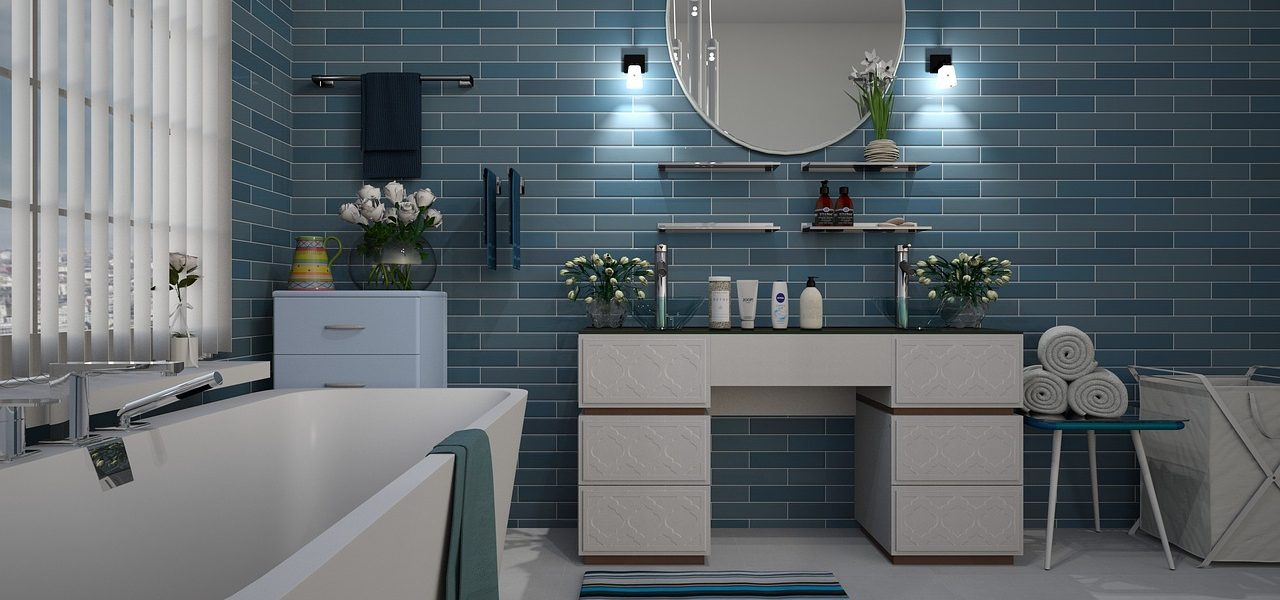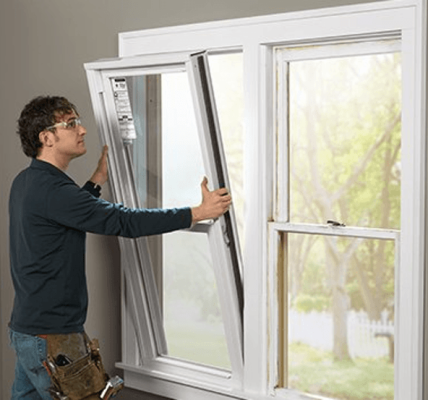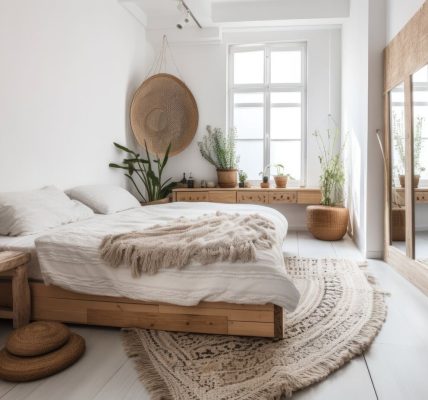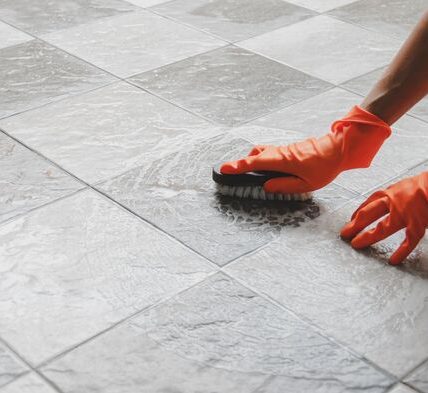Subway tiles have stood the test of time as a beloved choice in interior design. Originating in the early 20th century and first seen in the New York City subway system, these rectangular tiles have transcended their utilitarian beginnings to become a staple in homes and commercial spaces around the world. Their clean lines, classic appeal, and versatility make them a popular choice for various applications, from kitchen backsplashes to bathroom walls. This article delves into the history, benefits, and modern applications of subway tiles, exploring why they remain a go-to option for designers and homeowners alike.
A Brief History of Subway Tiles
Subway tiles were introduced in 1904 during the construction of New York City’s first subway stations. The goal was to create a surface that was not only visually appealing but also easy to clean and maintain. The 3″ x 6″ white, glazed ceramic tiles met these criteria perfectly. Their glossy finish reflected light, brightening up the underground spaces, and their smooth surface was easy to wipe down, helping to keep the stations looking pristine.
The practicality and aesthetic appeal of subway tiles quickly caught the attention of architects and designers, leading to their widespread adoption in public and private spaces. Over a century later, subway tiles continue to be a popular choice, appreciated for their timeless elegance and adaptability.
Benefits of Subway Tiles
1. Timeless Aesthetic: One of the most significant advantages of subway tiles is their timeless appeal. Their simple, rectangular shape and glossy finish create a clean and classic look that never goes out of style. This timelessness makes them a safe choice for homeowners looking to invest in long-lasting design elements.
2. Versatility: Subway tiles are incredibly versatile. While the traditional 3″ x 6″ white ceramic tile remains popular, modern variations include different sizes, colors, materials, and finishes. This variety allows for endless design possibilities, from classic to contemporary, rustic to sleek.
3. Durability: Subway tiles are known for their durability. Whether made from ceramic, porcelain, or glass, these tiles are resistant to moisture, stains, and wear. This makes them ideal for high-traffic areas like kitchens and bathrooms.
4. Easy Maintenance: The smooth, glazed surface of subway tiles makes them easy to clean. A simple wipe-down with a damp cloth is often all that’s needed to keep them looking their best. Additionally, their non-porous nature means they resist mold and mildew, contributing to a healthier living environment.
5. Cost-Effective: Compared to many other tile options, subway tiles are relatively affordable. Their cost-effectiveness, combined with their durability and timeless appeal, makes them a smart investment for any renovation project.
Modern Applications of Subway Tiles
1. Kitchen Backsplashes: One of the most popular uses for subway tiles is in kitchen backsplashes. Their clean lines and glossy finish provide a crisp, clean look that complements a wide range of kitchen styles, from traditional to modern. Additionally, their easy-to-clean surface makes them practical for areas prone to splashes and spills.
2. Bathroom Walls: Subway tiles are a favorite choice for bathroom walls, particularly in showers and around bathtubs. Their water resistance and easy maintenance make them ideal for wet environments, while their classic look adds a touch of elegance.
3. Accent Walls: For those looking to make a statement, subway tiles can be used to create stunning accent walls. Whether in a living room, bedroom, or commercial space, a subway tile accent wall adds texture and visual interest.
4. Flooring: While not as common as wall applications, subway tiles can also be used on floors. Choosing a durable material like porcelain ensures they can withstand foot traffic. Smaller subway tiles can create intricate patterns that add character to any room.
5. Commercial Spaces: Subway tiles are a popular choice in restaurants, cafes, and retail spaces. Their durability and classic appeal make them suitable for high-traffic areas, while their versatility allows for unique and stylish designs that enhance the overall ambiance.
Creative Installation Patterns
While the traditional offset pattern (often referred to as a brick or running bond pattern) is the most common way to install subway tiles, there are numerous other patterns that can add a modern twist:
- Herringbone Pattern: Tiles are laid in a zigzag pattern, creating a dynamic and eye-catching look.
- Vertical Stacking: Tiles are stacked vertically rather than horizontally, offering a contemporary feel.
- Horizontal Stacking: Tiles are aligned in a straight grid, which gives a clean and modern appearance.
- Diagonal Pattern: Tiles are laid at a 45-degree angle to create a diamond effect.
Subway tiles remain a beloved choice in interior design for good reason. Their timeless aesthetic, versatility, durability, and ease of maintenance make them suitable for a wide range of applications. Whether you’re renovating a kitchen, updating a bathroom, or looking to add a stylish accent to your living space, subway tiles offer a classic yet contemporary solution that stands the test of time. Embrace the enduring elegance of subway tiles and transform your space with their simple, sophisticated charm.





